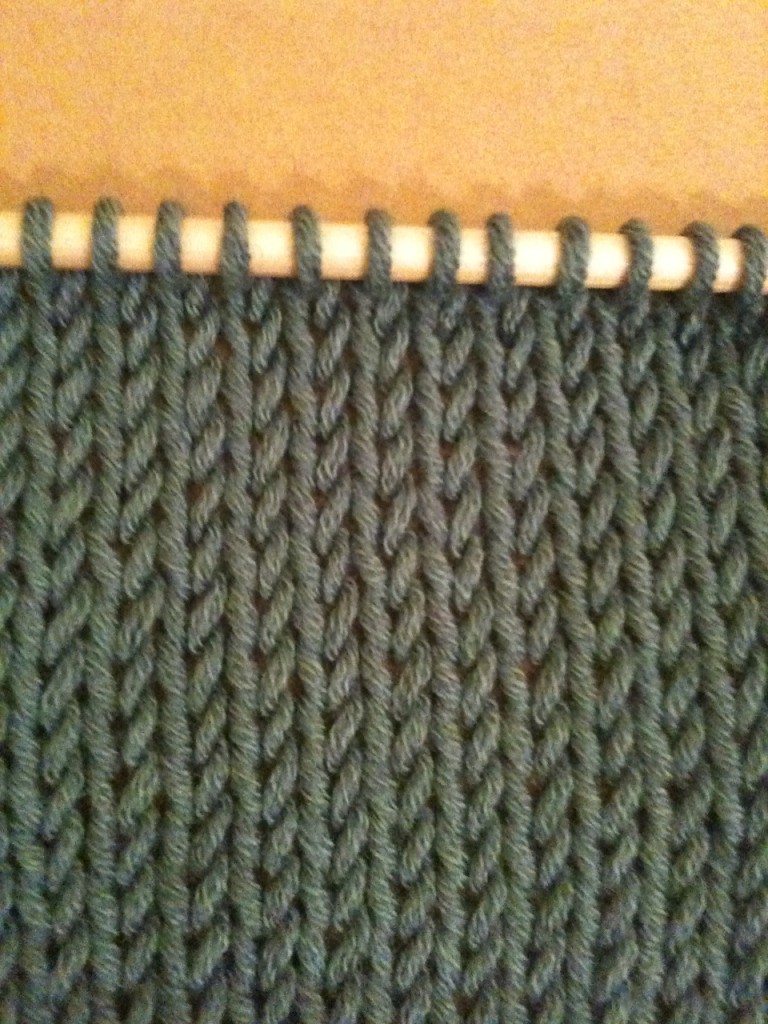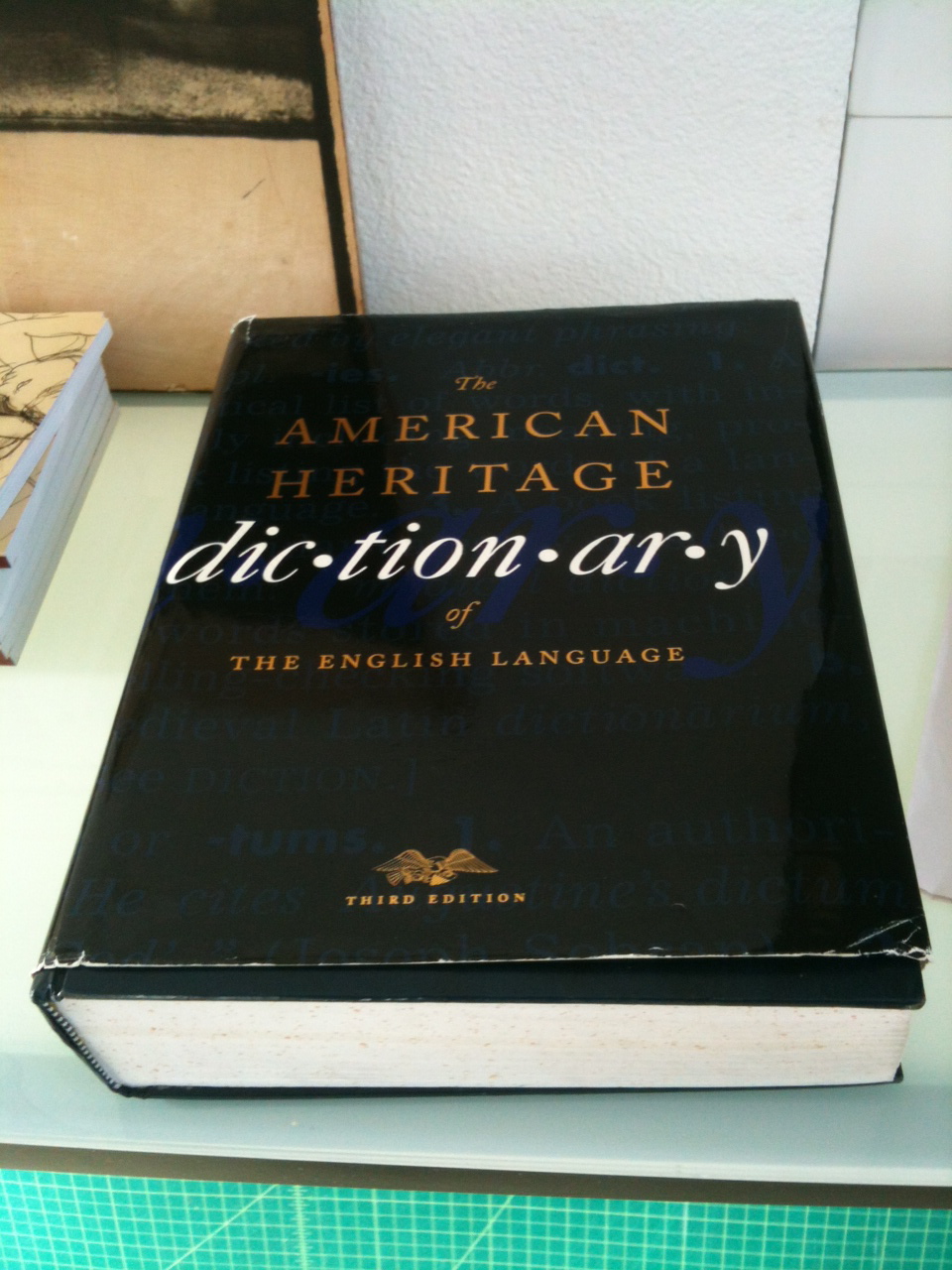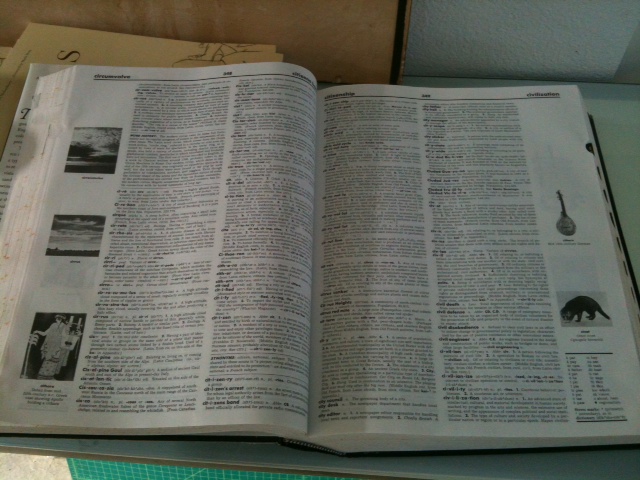What is a neutral practice?
A way to relate to language thrown clear of the constriction of the too high stakes imposed by ideas about writing.
Neutral practices involve other texts sometimes, or repetition, or a change of mode, or of material.
Pleasure is key, or if not pleasure, at least a sense of lift, of relief, release, a lighter hold on permission.
Neutral practices aren’t always neutral, but they are perhaps less subject to the eye of the critic.
Neutral practices sometimes have benefits off to the side of what seems like the express purpose.
Some Examples:
1. Memorize a poem
Some of the boons:
- choosing the poem, all the browsing and reading that goes into that
- becoming aware of the choices the poet has made as you make others in your memory of the poem
- giving your mind something more fun and substantive to do than cycle through old news
- having the poem at hand
- embodying the poem
- feels like translation
- to be able to say it in the dark
2. Holograph
Handwrite a poem of your own.
Already this isn’t very neutral but is more of a helpful tool as you “re”vise.
Writing by hand slows you down and helps you see how lines are working, makes evident things you don’t need because it’s so much work to write it out.
The shapes the letters make become something your body needs to do differently, which is not the case in typing. So perhaps there is some sense of pattern one subtly internalizes.
3. Type 3-5 pages of a book you love
Typing is a weirdly relaxing activity and it necessitates attention to all the particulars of the text, where paragraphs break, etc. It’s long enough that you enter the task as if it were your own.
4. Take a walk
Walk for 20 minutes
Let your arms move in a converse motion. This seems good for balancing your brain. Stop at intervals and notice ten of some category and write them down without needing to know why.
e.g. all the nouns you can see, i.e. actual words
anything of a certain color
anything of a certain shape
5. Browse the dictionary (in printed book form) No plan, just let one word lead you to the next. Make notes of words you especially love. See if you hear them in conversation or can find an occasion to use them.
Here is what a printed book looks like:
Here is what the inside of a printed dictionary looks like: Yes, you have to turn pages to get to another word, but you can look at this all day long and get almost no radiation. (just a very tiny bit every 5,000 or so years.)




